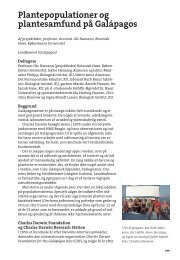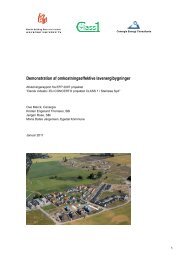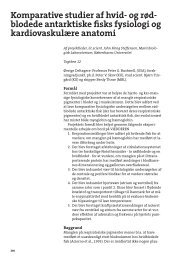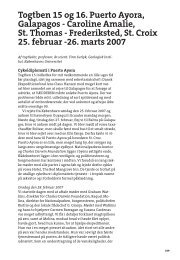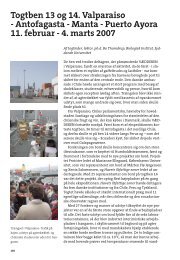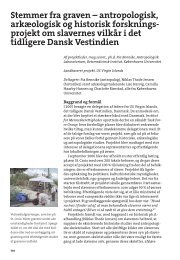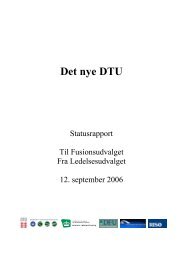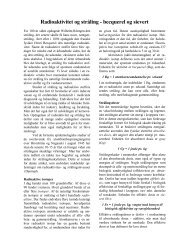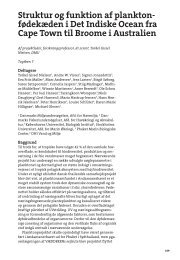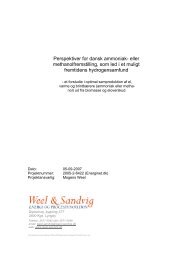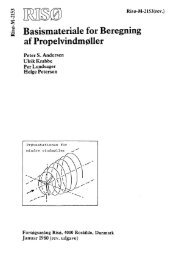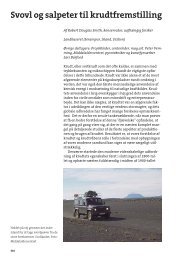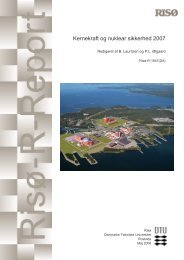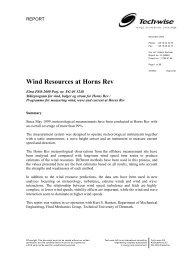Properties of hemp fibre polymer composites -An optimisation of ...
Properties of hemp fibre polymer composites -An optimisation of ...
Properties of hemp fibre polymer composites -An optimisation of ...
You also want an ePaper? Increase the reach of your titles
YUMPU automatically turns print PDFs into web optimized ePapers that Google loves.
Teleman, 1997). The crystal structure <strong>of</strong> the formed cellulose is called cellulose Iβ<br />
(Nishiyama et al., 2002; Sarko and Muggli, 1974). Cellulose Iβ has a monoclinic unit<br />
cell with space group P21 and the cellulose chains arranged along the unique c-axis<br />
shown in Figure 12b. Bacteria can also form cellulose Iα with a triclinic unit cell. By<br />
treatment with NaOH, the more chemically stable cellulose II is formed by<br />
rearrangement <strong>of</strong> the chains. Cellulose II is not formed in many plant <strong>fibre</strong>s since the<br />
structure is determined by the enzyme complex in the plant cell were cellulose synthesis<br />
occurs. However, Cullulose II is formed in some algae and bacteria.<br />
X-ray powder diffraction is a suitable method to study the cellulose crystallinity due to<br />
the separate able diffraction from peaks caused by cellulose crystals and diffraction from<br />
amorphous cellulose, hemicellulose, lignin, pectin and minerals (Paper III). The<br />
crystallite diameter can also be estimated with X-ray diffraction based on the width <strong>of</strong><br />
peaks representing directions perpendicular to the <strong>fibre</strong> axis (Miller indices: 110, 1 1 0<br />
and 200). The crystallite length can be estimated based on the width <strong>of</strong> peaks<br />
representing directions parallel with the <strong>fibre</strong> axis (Miller index: 004).<br />
Both the X-ray measurement geometries reflection mode and transmission mode were<br />
investigated to get an accurate procedure for determination <strong>of</strong> cellulose crystallinity.<br />
Reflection mode was found suitable since air scattering thereby can be neglected, which<br />
in transmission mode contributed to the amorphous scattering.<br />
The most common sample preparation procedure is plane loading by pressing on top <strong>of</strong><br />
the sample. This was not suitable for cellulose <strong>fibre</strong>s due to underestimation <strong>of</strong> the<br />
diffraction peaks representing the <strong>fibre</strong> direction, mentioned as preferred orientation.<br />
Therefore side loading <strong>of</strong> samples was used, which gives more random <strong>fibre</strong> orientation<br />
in the sample and reduced effect <strong>of</strong> preferred orientation (Figure 13).<br />
Risø-PhD-11 25



